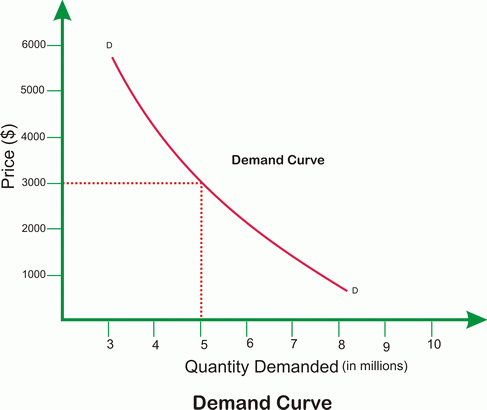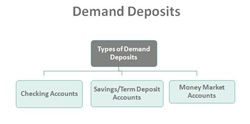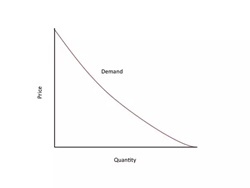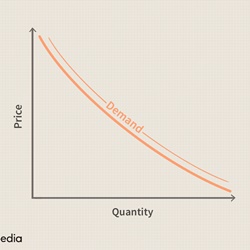What is a Demand for Labour?
When there is a good’s or service’s production, the businesses eventually require labour and Capital as the inputs for the production process. The demand for labour is called an economic principle derived from the output of demand for a firm. If there is an increase in the output of demand for a firm, the firm will demand more labour and hire more staff members, and vice versa.
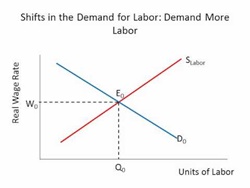
The supply and demand for labour are driven by labour Market factors. Therefore, those looking for employment will supply labour in exchange for the wages. Furthermore, businesses demanding labour from workers will also have to pay for their skills and time.
Demand for Labour in the Competitive Output Markets
If an employer refuses to sell the output in a perfectly competitive sector, there might be a downward sloping Demand Curve for the output. This means that for selling added output, the firm must lower its prices. This is true for a firm that is a monopoly or is monopolistically competitive.
In this case, the value of the additional output unit sold is the Marginal Revenue instead of the price. This means that the marginal revenue values the marginal product of the worker. Therefore, demand for labour is the product of Marginal Product (MP) and Marginal Revenue (MR) and is also called the Marginal Revenue Product.
Demand for Labor = MPL x MR = Marginal Revenue Product
Talk to our investment specialist
Key Considerations of Demand for Labor
According to the law of diminishing marginal returns, the Marginal Product of Labour (MPL) eventually decreases in most of the sectors. As per this law, as you add the units of one input while keeping the other input values constant, you will reach a point where the resultant addition to the output will decrease. The marginal product will eventually decline.
Marginal Revenue Product of Labour (MRPL) is the change in revenue rising from employing an added labour unit while holding the other values constant. This helps identify the optimal number of workers to employ at any particular market wage rate.
According to the economic theory, the firms that maximize profit will hire the workers when the marginal revenue product equals the wage rate. This is because paying more to the workers is inefficient for any firm when the overall amount earned from the labour’s revenue is lesser.
What are the factors affecting demand for labour?
- Changes in the labour’s marginal productivity, like the technological advancements that the computers bring.
- Changes in the prices of various production factors, like the shifts in the relative price of capital stock and labour.
- Changes in the price of the output of any entity, mainly from an entity that charges more for their service or product.
Demand for Labour Curve
The demand for labour curve shows a downward slope as the wage rate increases. In all the types of market, you can describe the downward sloping demand curve by reference to the substitution effects and the Income.
As the wages are increased, any firm starts looking to substitute labour capital or cheaper labour. Additionally, if any firm continues using the same quantity of labour, their costs eventually rise, and the income profits fall. In both cases, the demand for labour will fall with the rise in wages.
Determinants of Demand of Labour
Some key determinants of demand for labour are:
1. Demand for products
The demand for labour is derived, meaning that it is based ultimately on demand for the products made by the labour. If the consumers demand more of any service or goods, more firms will employ more labour to meet the demands.
2. Labour productivity
Productivity stands for output per worker. If the workers become more productive, their demand will rise further. The education, skill levels and the training and technology used influences productivity.
3. Firms’ profitability
If firms become more profitable, they start affording the employment of more workers. On the other hand, falling profitability reduced the demand for labour.
4. Substitutes
The extent of the necessity of labour affects the demand. If the substitutes, including the machinery, become expensive or cheaper, there will be a rightwards or leftwards shift in the demand curve, respectively.
5. Labour’s number of buyers
The number of buyers in a market might influence the total demand. A single buyer in a market is called a monopsonist and is common in the labour markets. Generally, when only one employer dominates the labour market, the demand for labour is lesser. Additionally, in such markets, the wage rate might also be lower, and this is a major reason behind the formation of trade unions and added pressure for higher wages.
All efforts have been made to ensure the information provided here is accurate. However, no guarantees are made regarding correctness of data. Please verify with scheme information document before making any investment.
